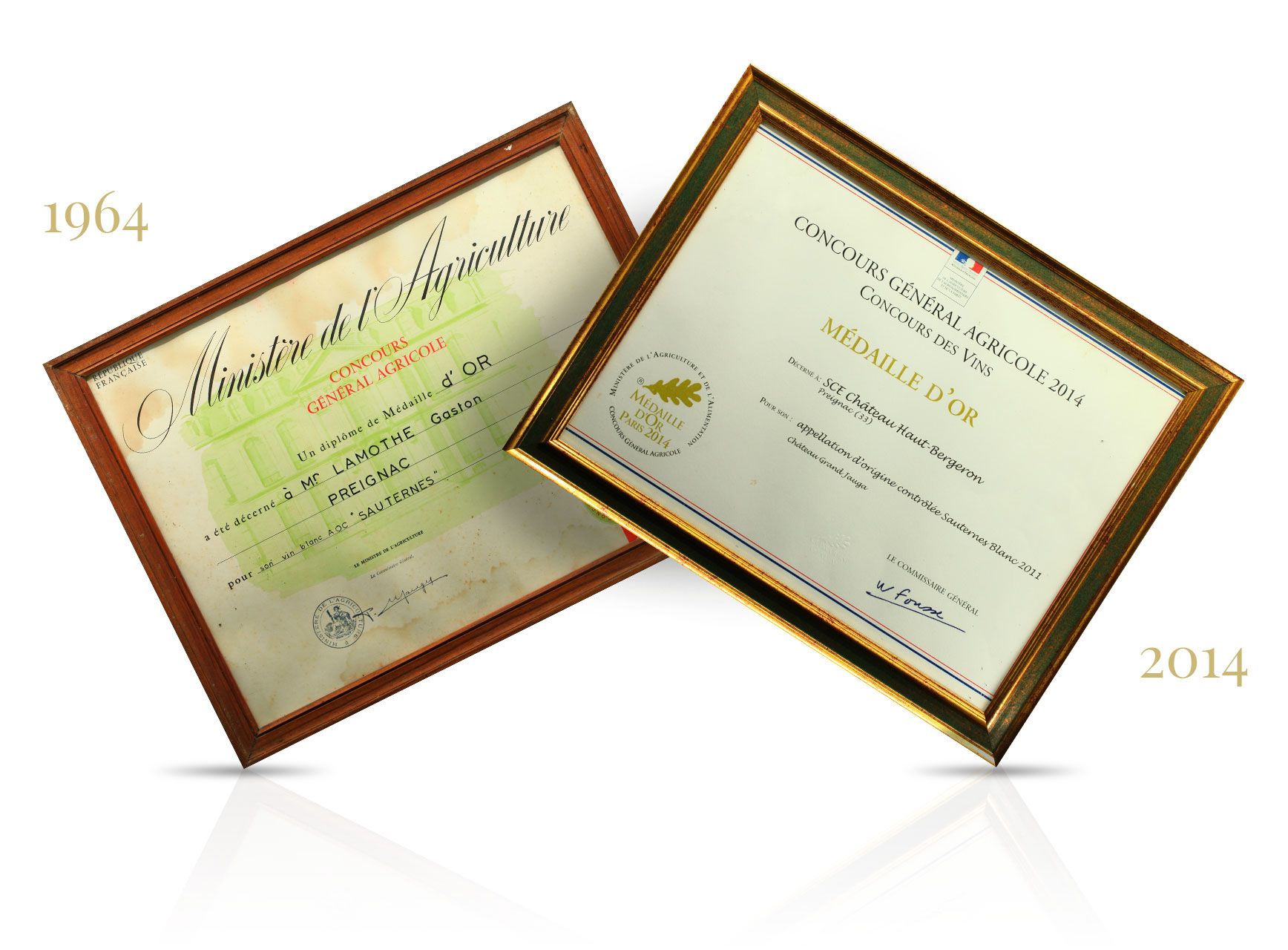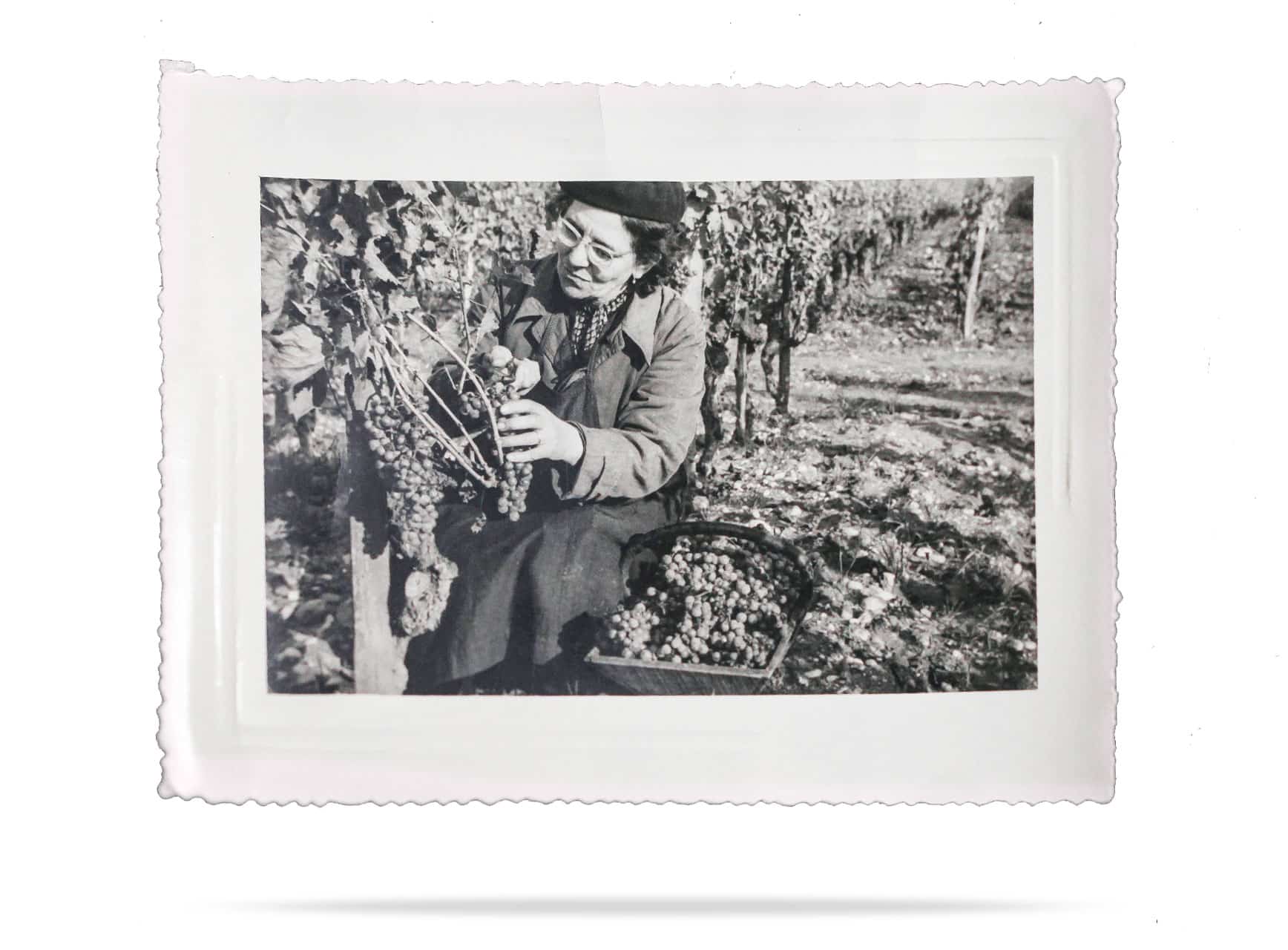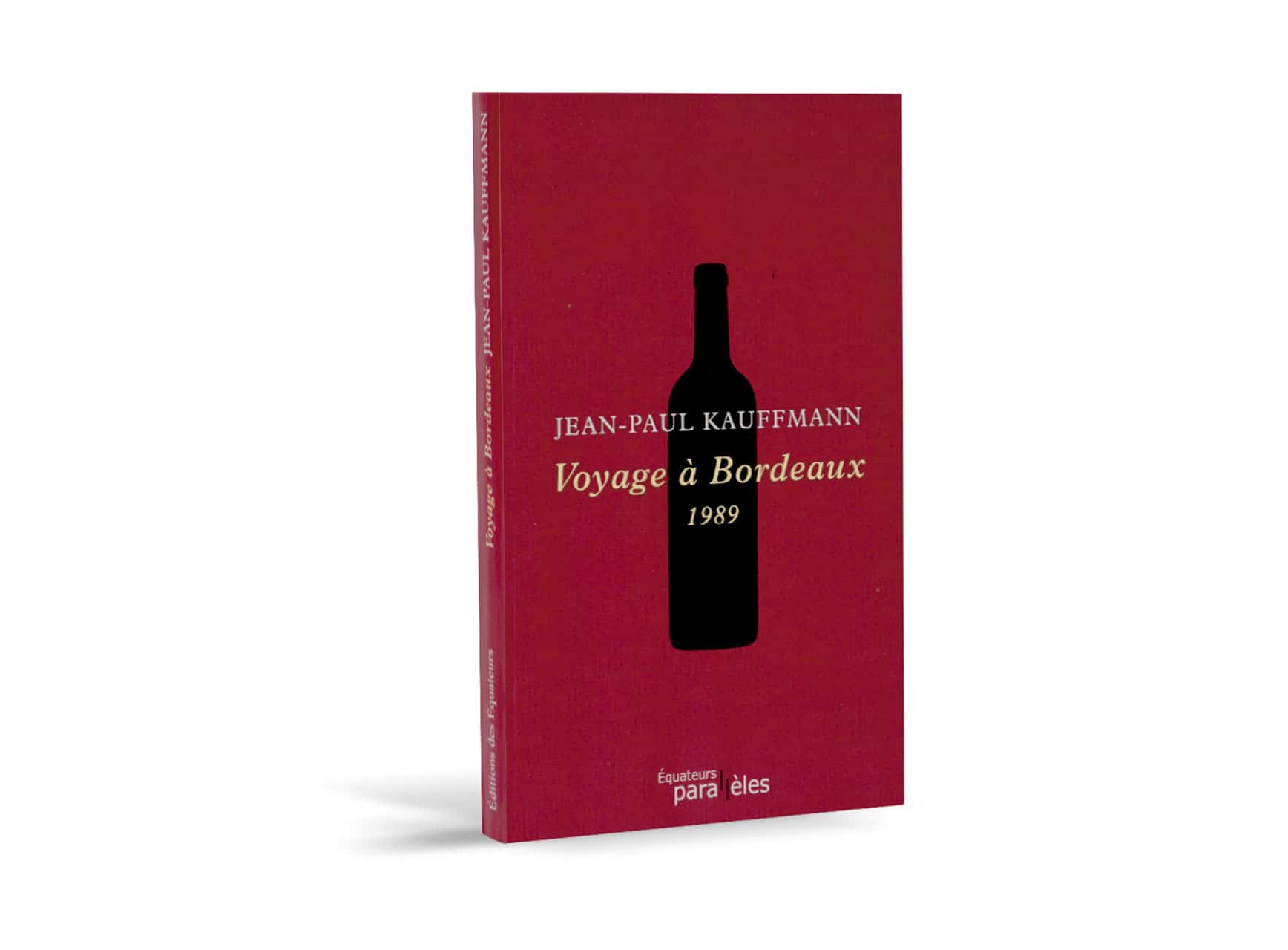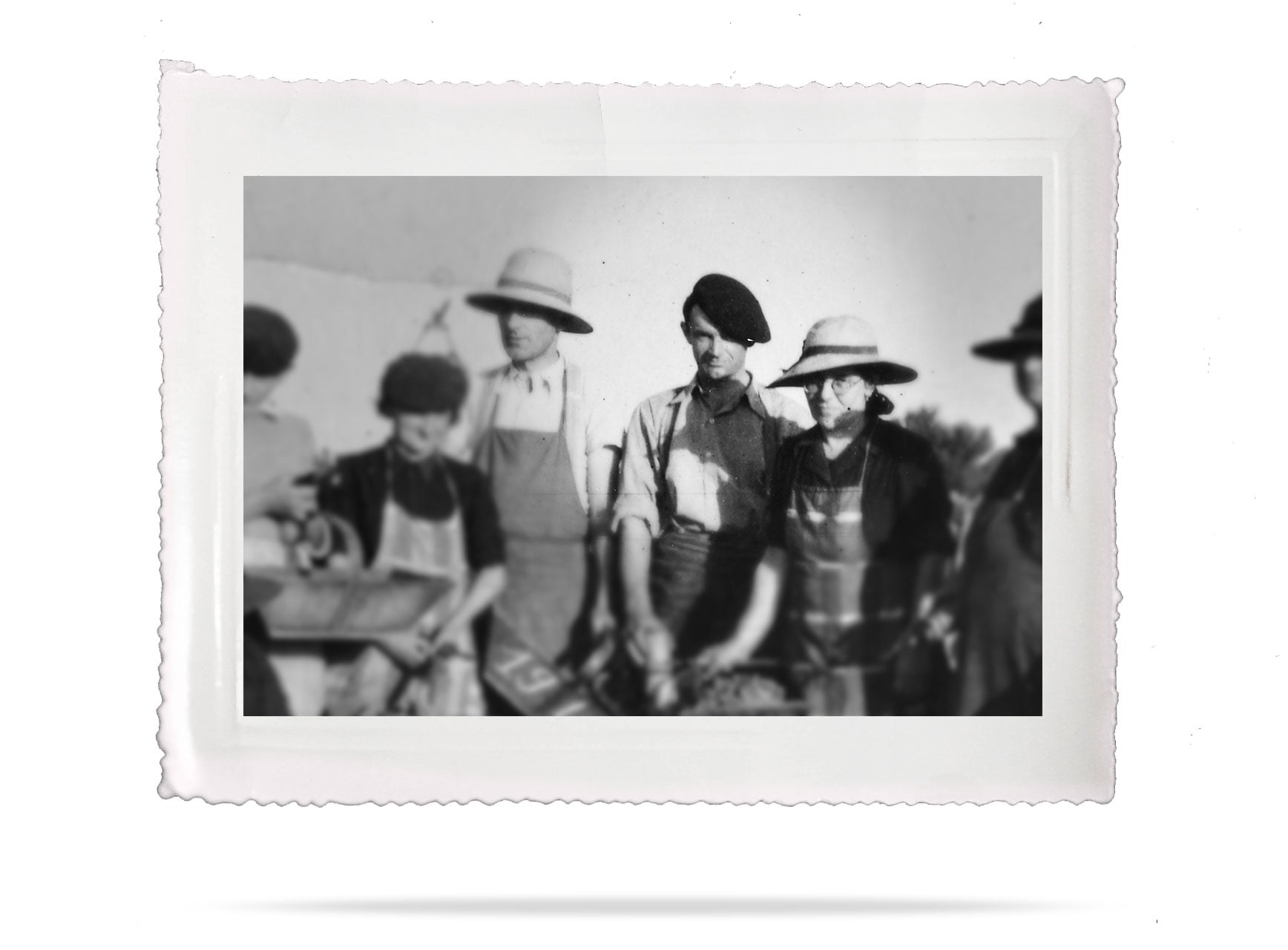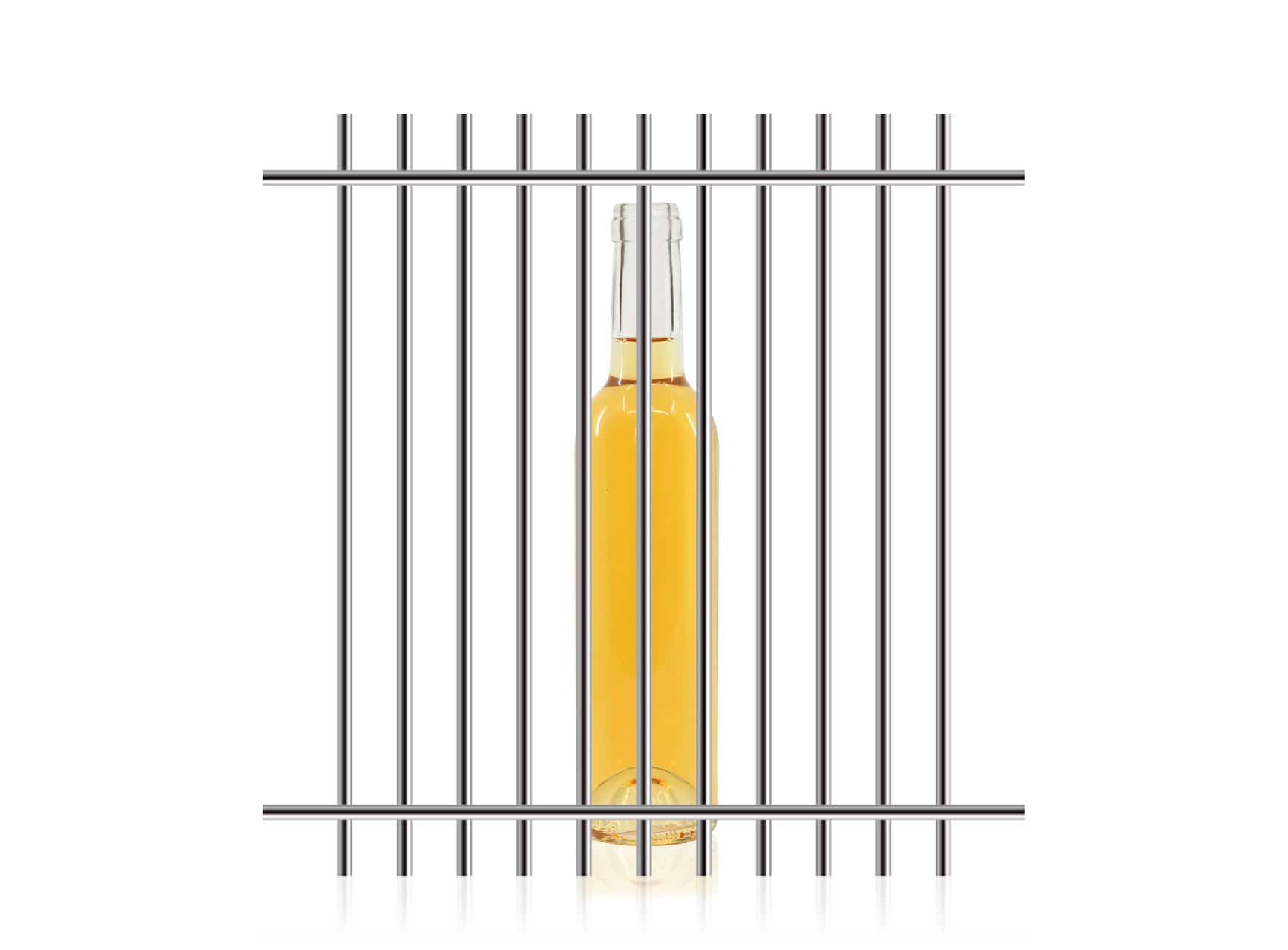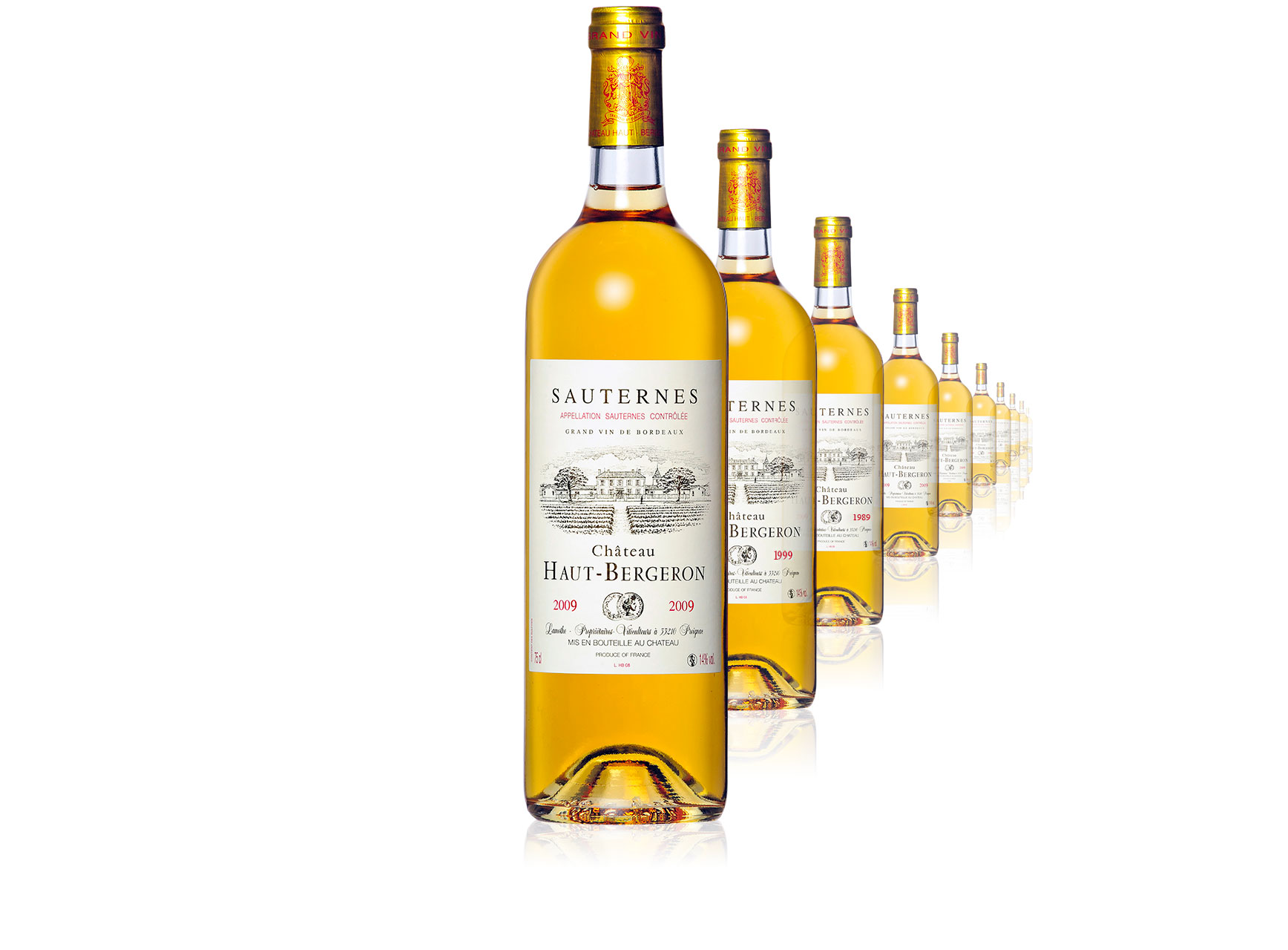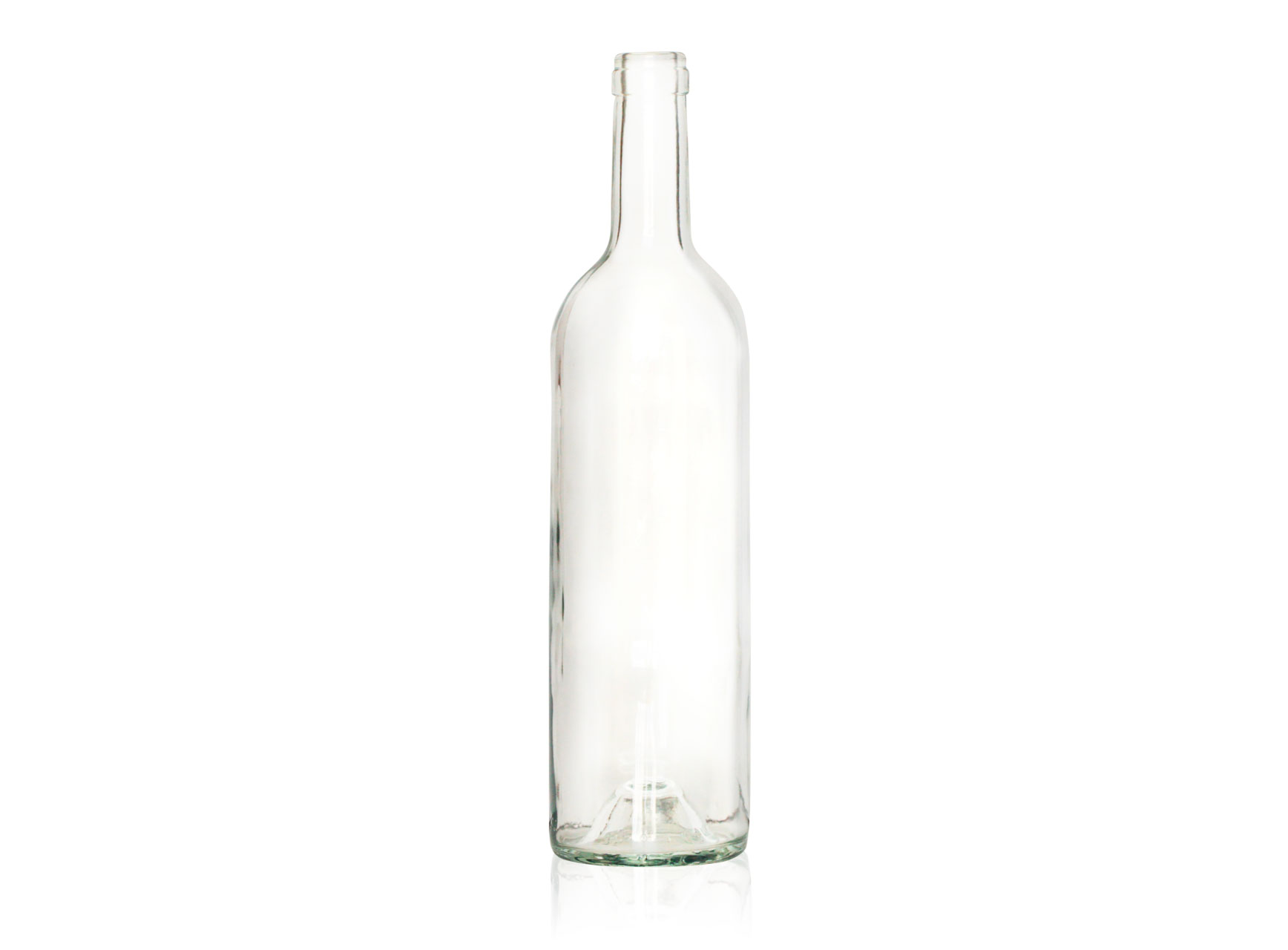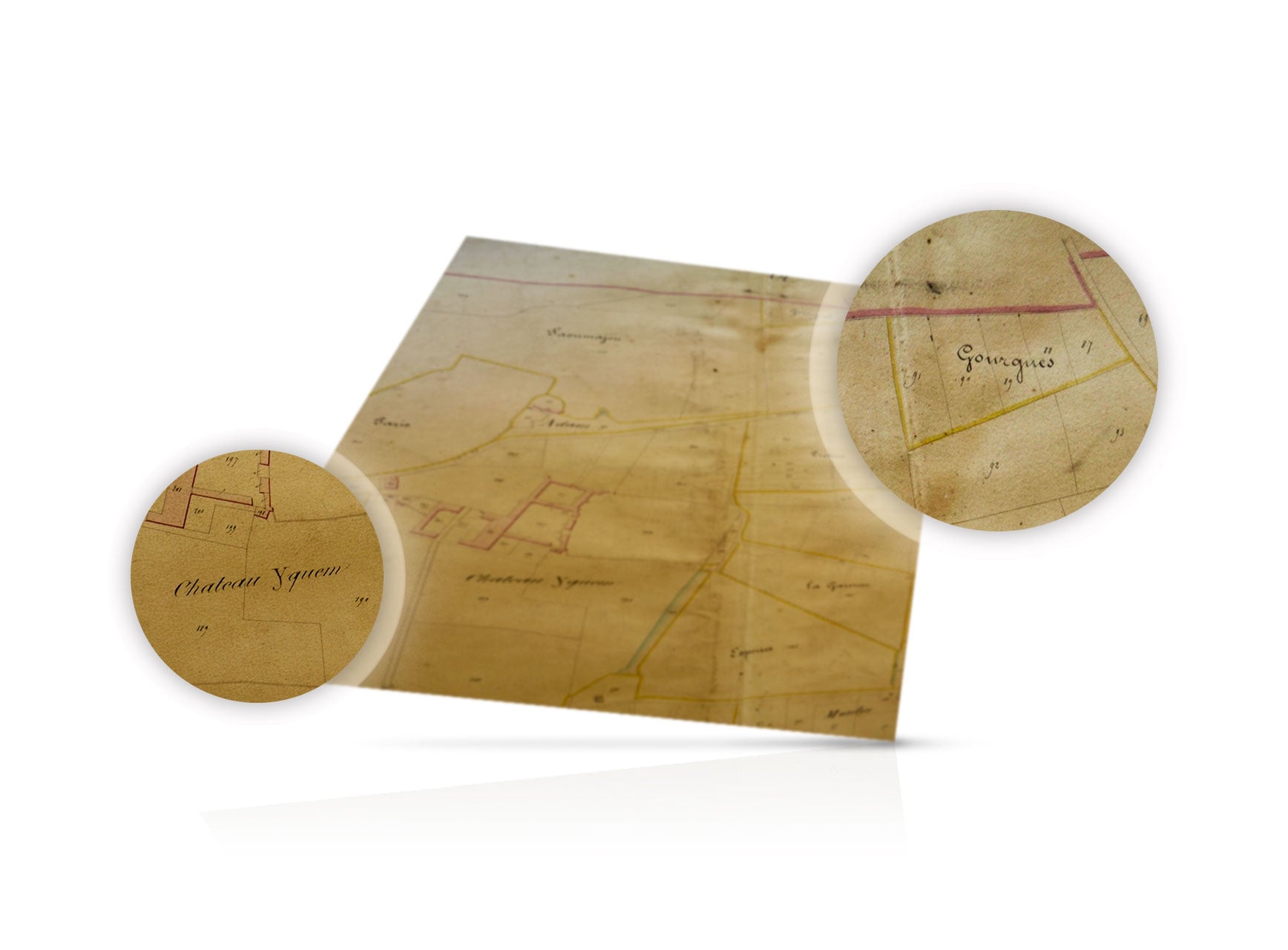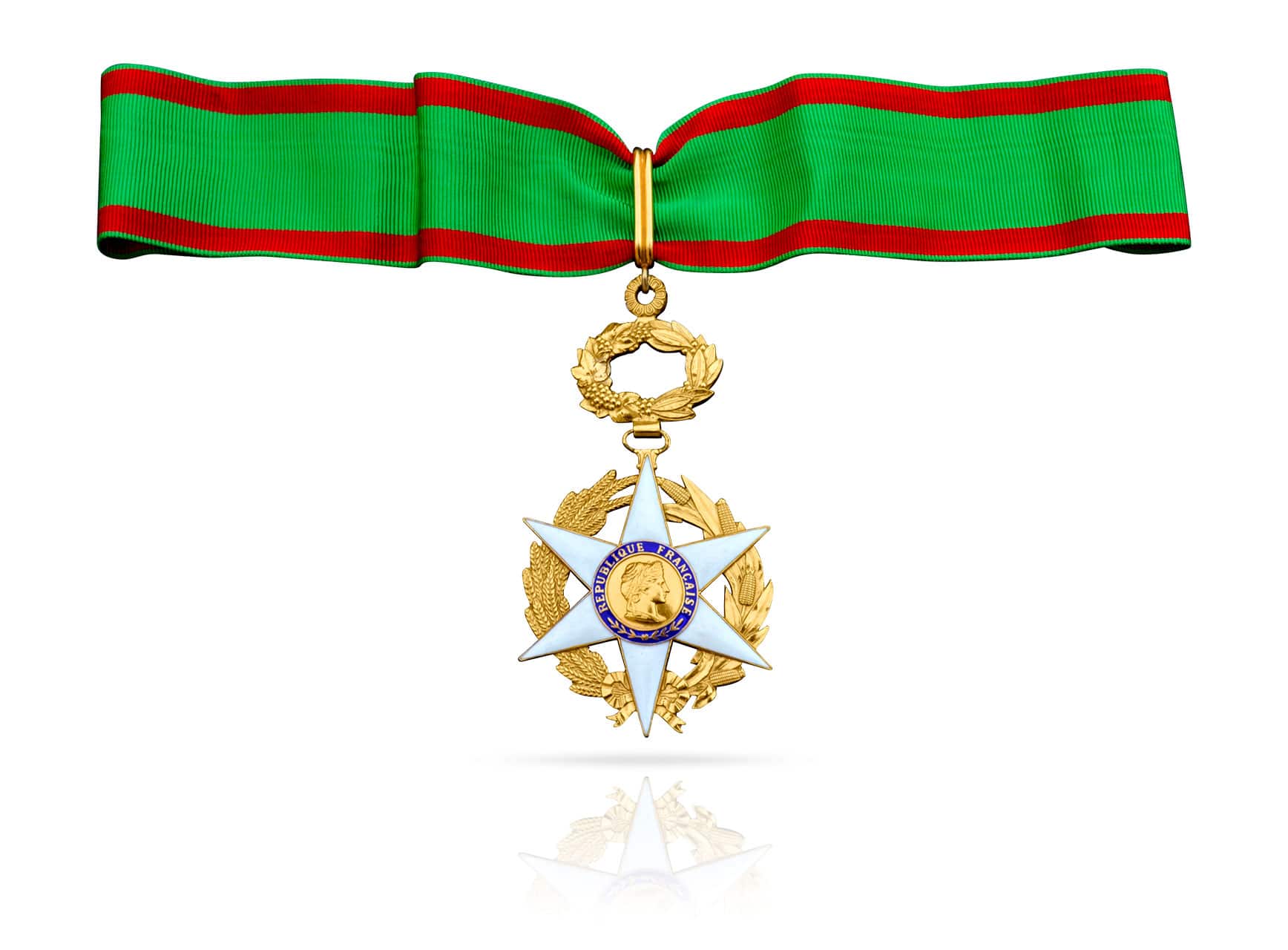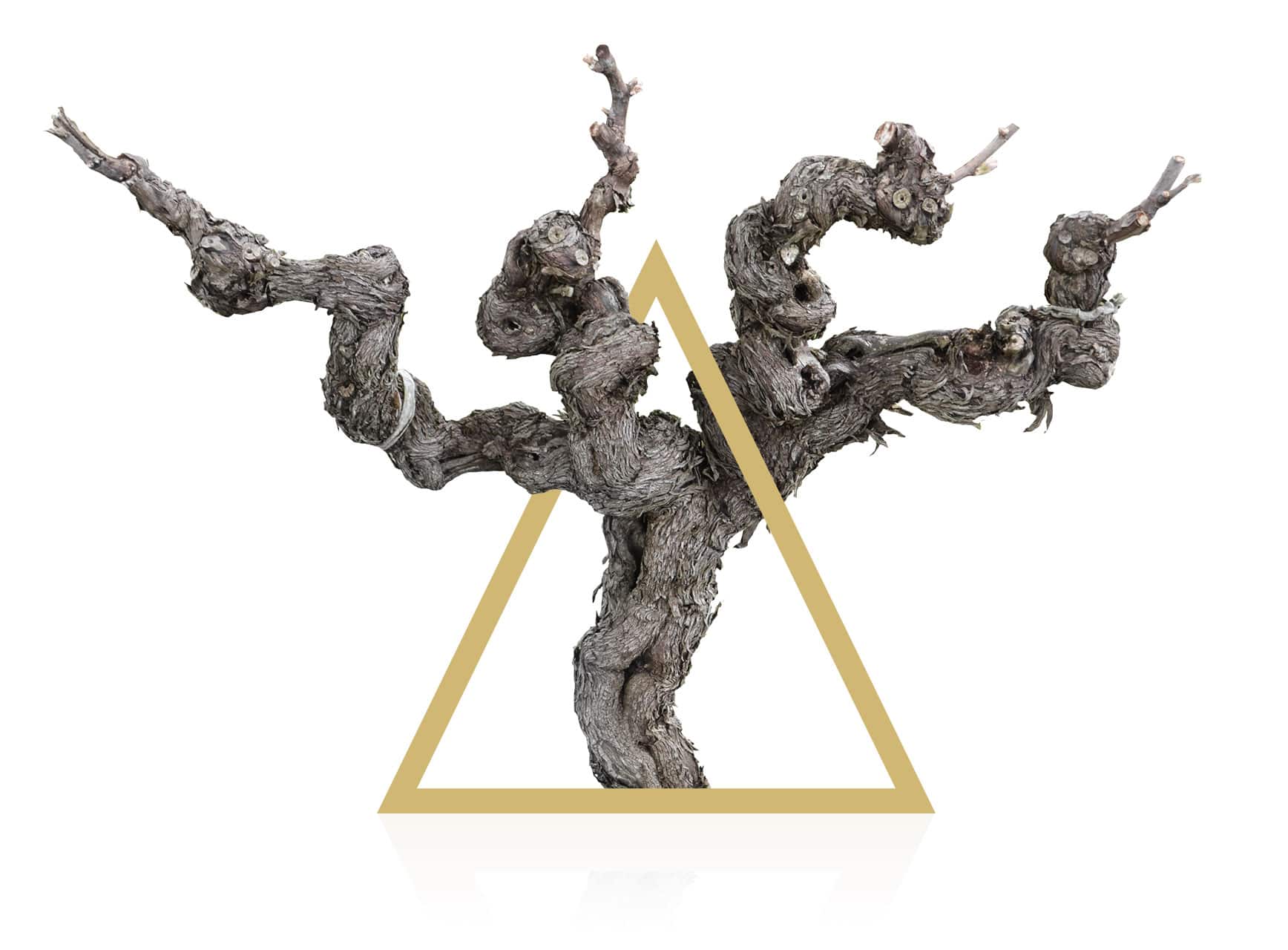
Family treasure
Spirit of generation
Château Haut-Bergeron is the story of one of the oldest families in Sauternes. Inheritance of over 200 years, nine generations have succeeded and shared the passion for the profession of winemaker.
Some rows of vines here and there
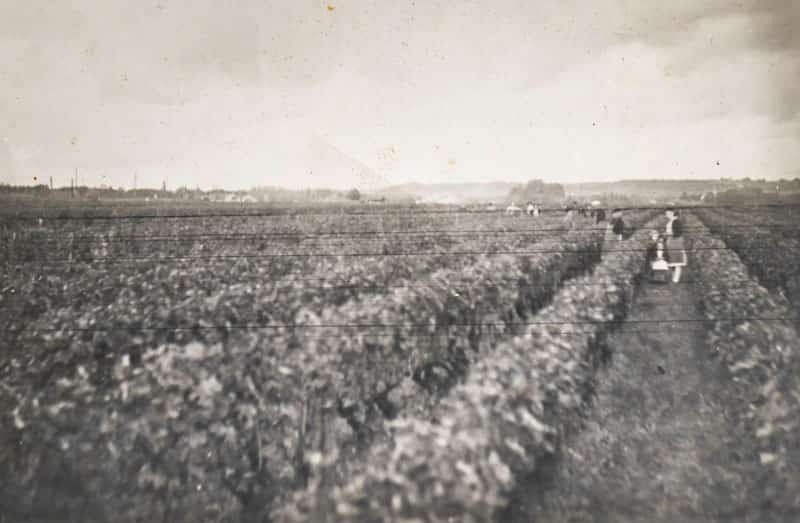 1756
1756
Pierre and Jeanne – some ares of vine – 1st generation
François and Catherine – farmers and winemakers – 2nd generation
Jean and Thoinette – millers, farmers, then winemakers – 3rd generation
François and Françoise – clog maker, plier of circles, wheelwright and winemakers – 4th generation.
The first written testimonies of the existence of the domain date back to 1756. During 4 generations, the Lamothe have gradually begun to get involved in the art of the vine.
the beginnings of Château Haut-Bergeron
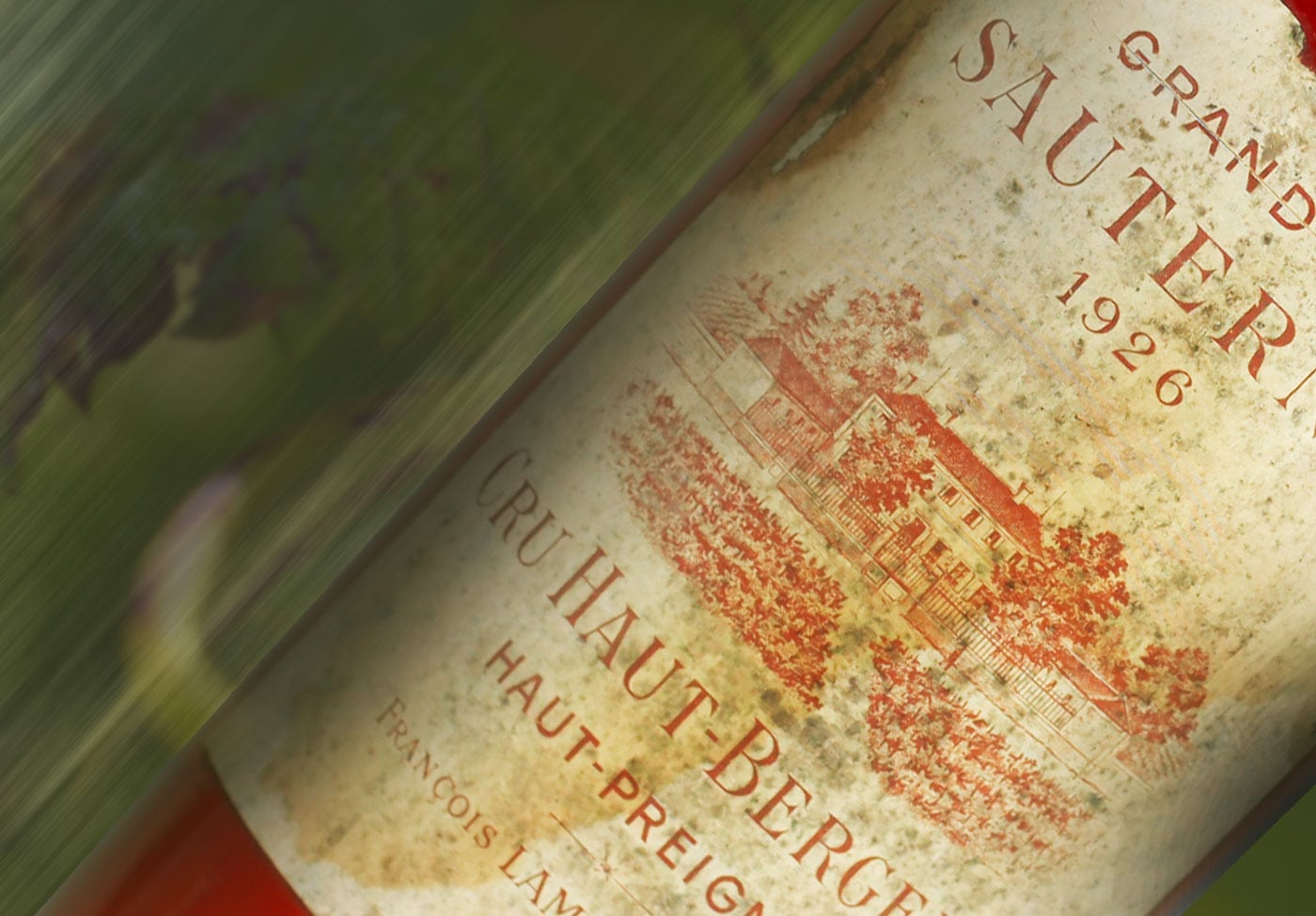 1820
1820
Célérin Pierre and Jeanne – 5th generation
After his tour of France in“compagnonnage”, the talented Célérin Pierre Lamothe was chosen to participate in the construction of the bell tower and the enlargement of the basilica of Verdelais. At the age of 25, he moved away from his job as a carpenter when he married Jeanne Saraute.
The contribution of the dowry of Jeanne allowed to enlarge the vineyard by buying the first parcels of the locality “Haut-Bergeron”. The wine took the name Cru Haut-Bergeron and was then sold in bulk. At that time, the first sweet wines appeared in Sauternes.
Custom cooperage
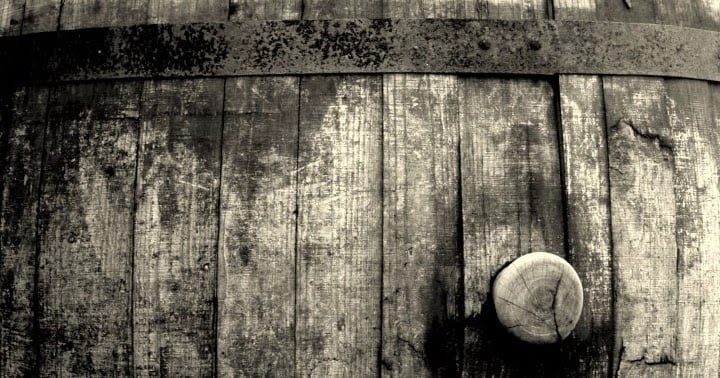 1881
1881
In 1881 François Lamothe, Célérin’s son, married to Jeanne, took over the vineyard of his father and developed a parallel cooperating business. Together they had a son, Gaston, to whom they passed the vines, when he returned from the war in 1918, he was 18 years old.
Gaston et Fernande – 7th generation
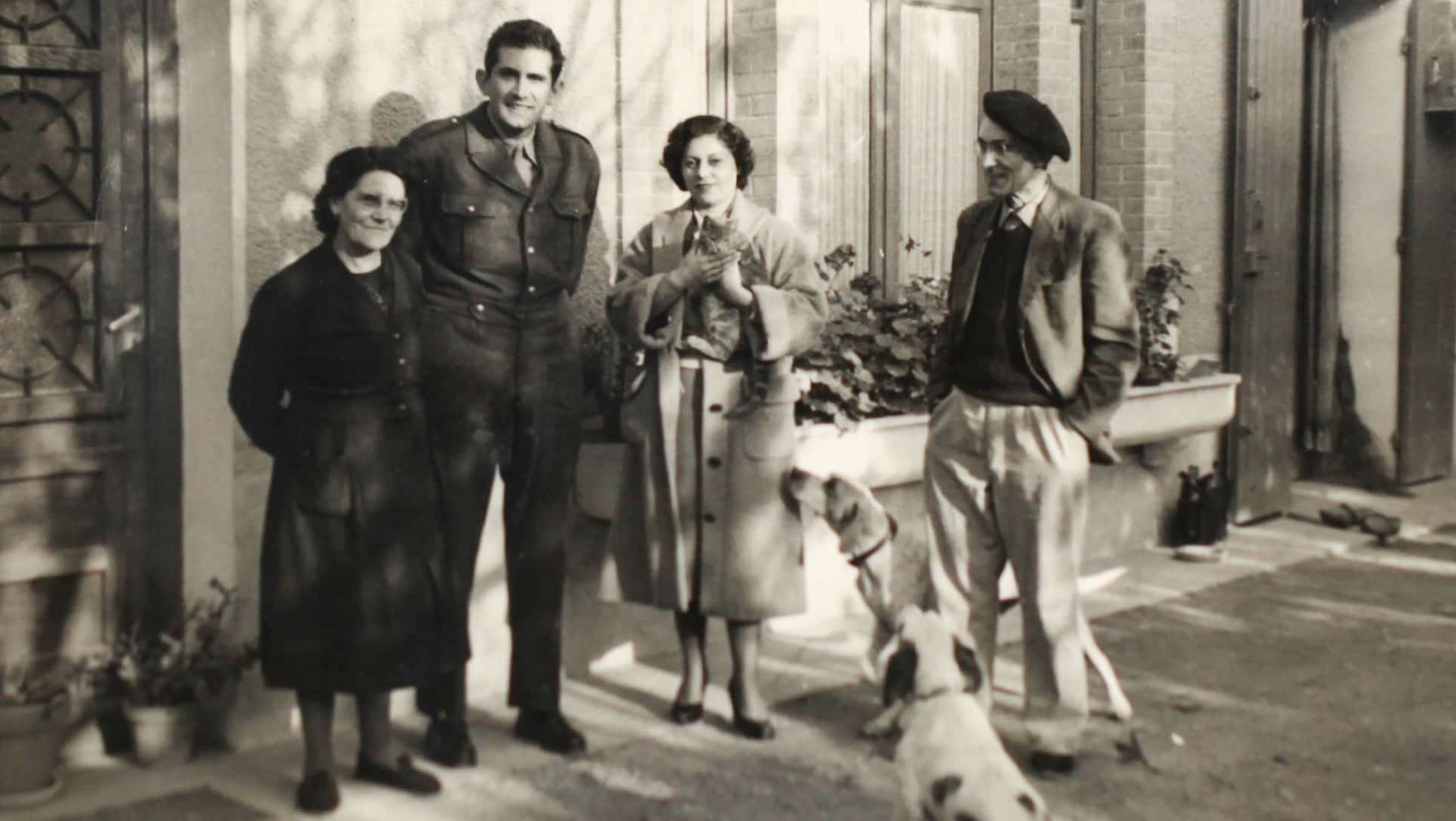 1929
1929
In 1929, thanks to the excellent harvest and the dowry of his wife Fernande, Gaston acquired new plots but especially the current building. To celebrate their union, Cru Haut-Bergeron was bottled for the first time. It was also the first sales of our wines at the property.
Sadly, in 1939, Gaston, like every valid man, was called for the war. Despite its absence and difficult years under occupation, the wives and especially Fernande, managed to produce very beautiful vintages: 1942 – 1945.
A desire for excellence
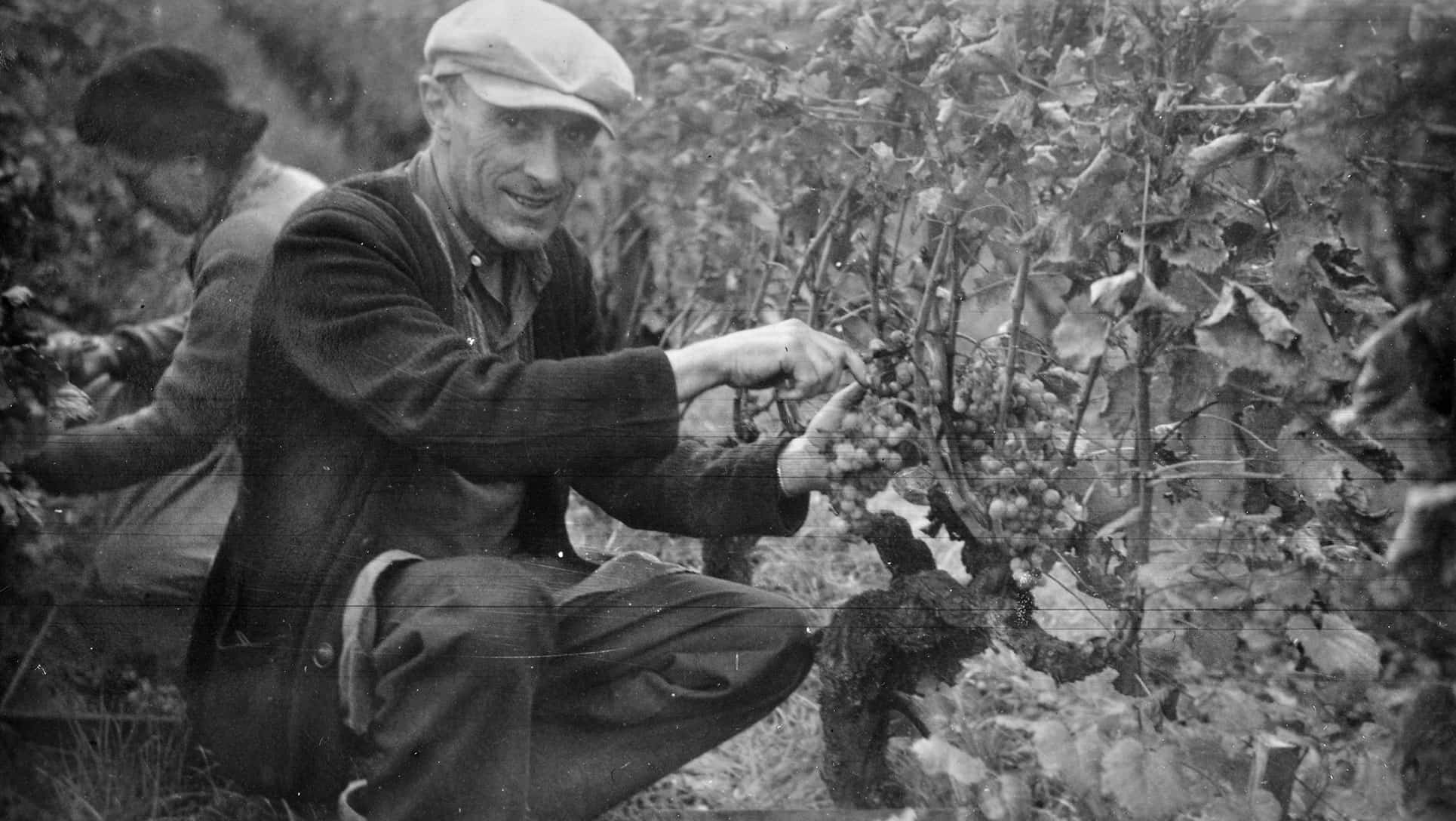 1950
1950
1950 marks a turning point in the history of Haut-Bergeron. Indeed, Robert, aged 20 and his father Gaston, acquired the first parcels in the very qualitative terroirs of Bommes and Sauternes, in the middle of the highest concentration of 1er Crus Classés. Some of these plots are even contiguous to those of Château Yquem.
A new momentum
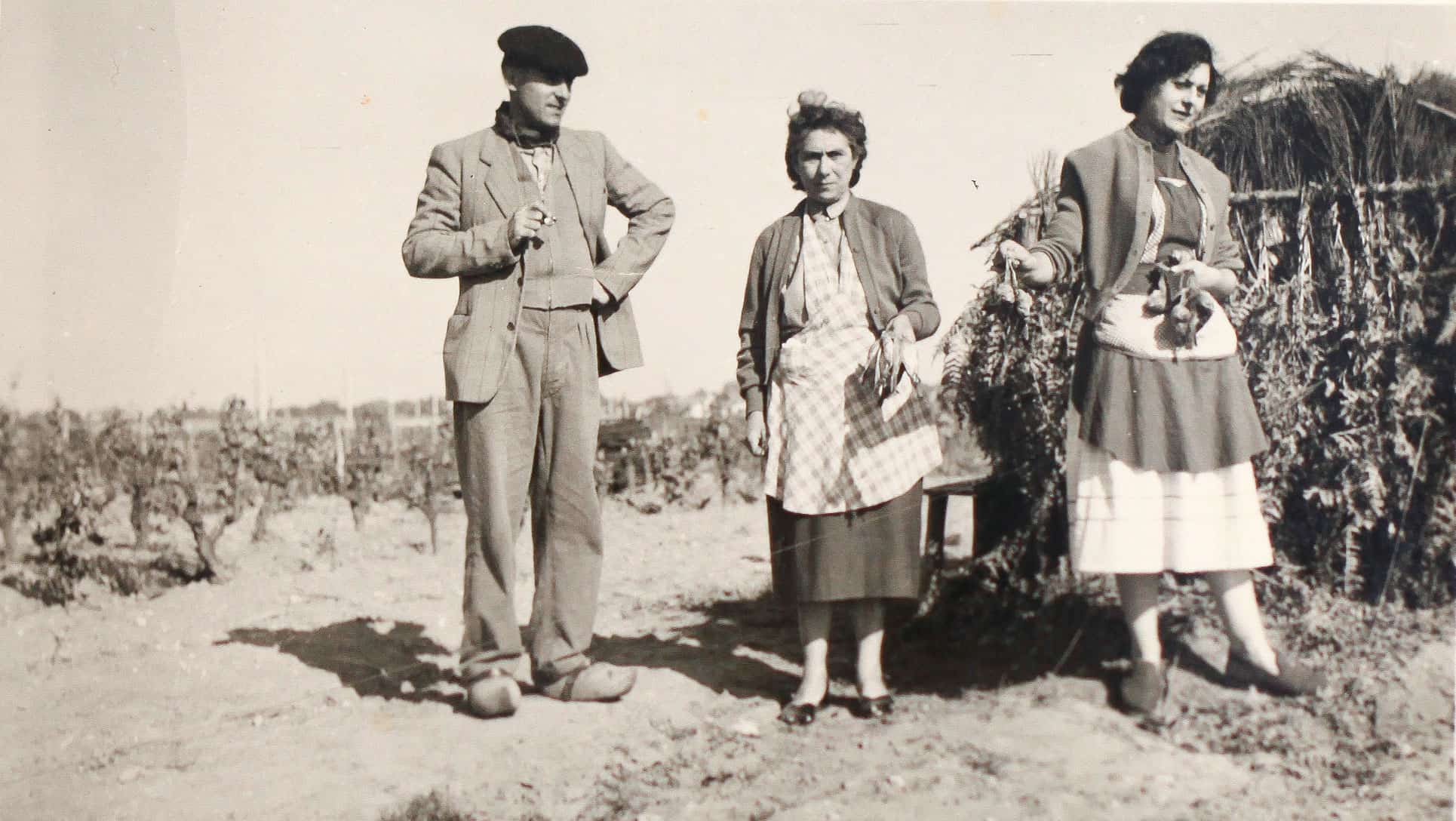 1956
1956
The true birth of Château Haut-Bergeron.
In 1956, Robert and Mady got married. Together they kept on raising the quality level of the wines and the fame of the Château. Mady inherited the vineyard of Barsac (5 hectares) then they bought almost all the parcels of Bergeron, coming from the Domaine de la Forêt. Thus in 1956, the property finally took the name of Château Haut-Bergeron.
Robert, a multiskilled man
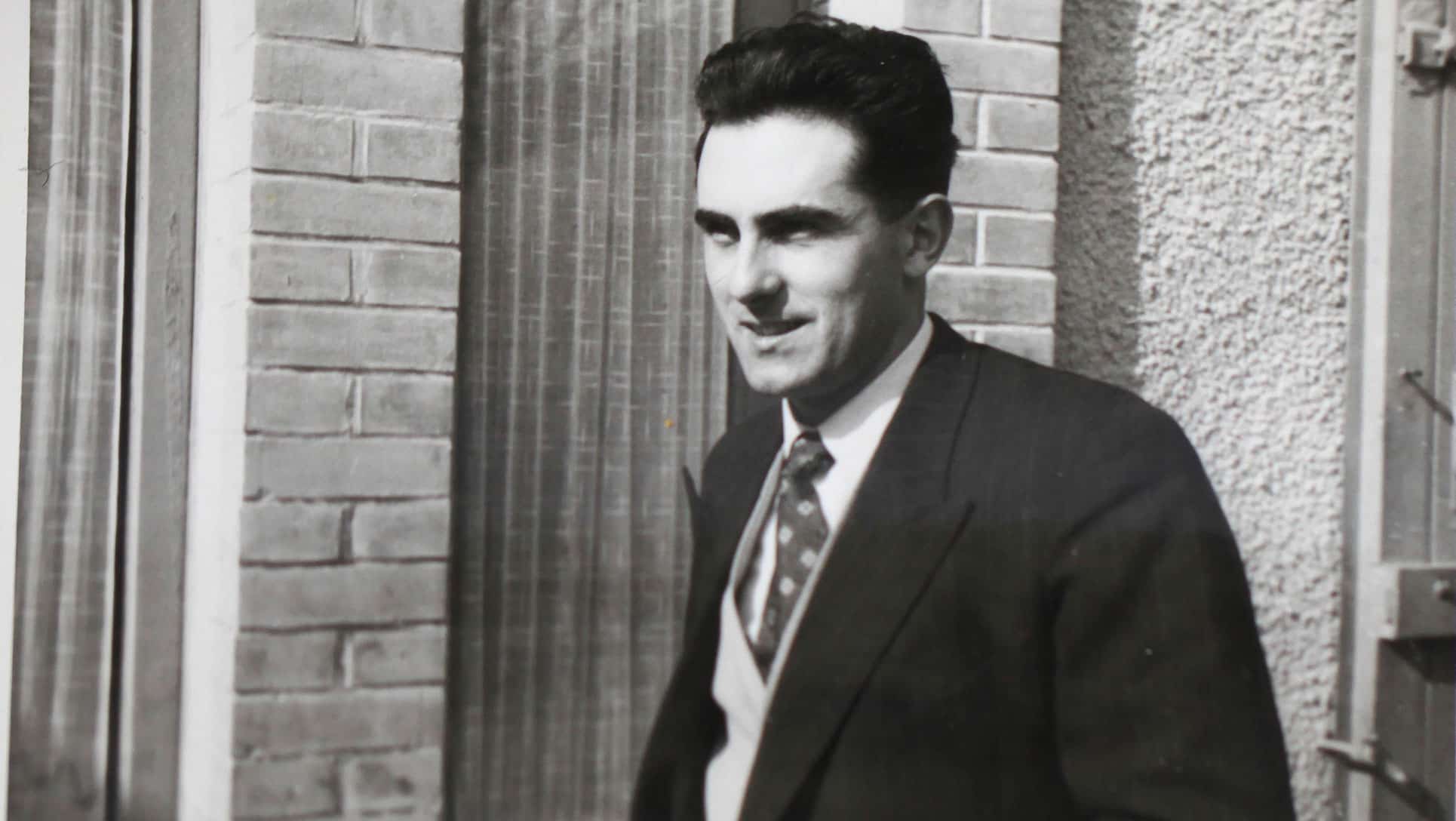 1973
1973
Hailed for his involvement in the Sauternes appellation
In parallel with the development of the Château, Robert was fully involved in the defense and promotion of the Sauternes appellation. In 1973, with a handful of producers, he created the “Maison du sauternes”, where he remained for 33 years as president.
He was also delegate president of the Sauternes union at the same period with a strong involvement in the interprofessional organization. His dedication was rewarded as he is today “Commander du mérite agricole”.
When the younger generation took the lead
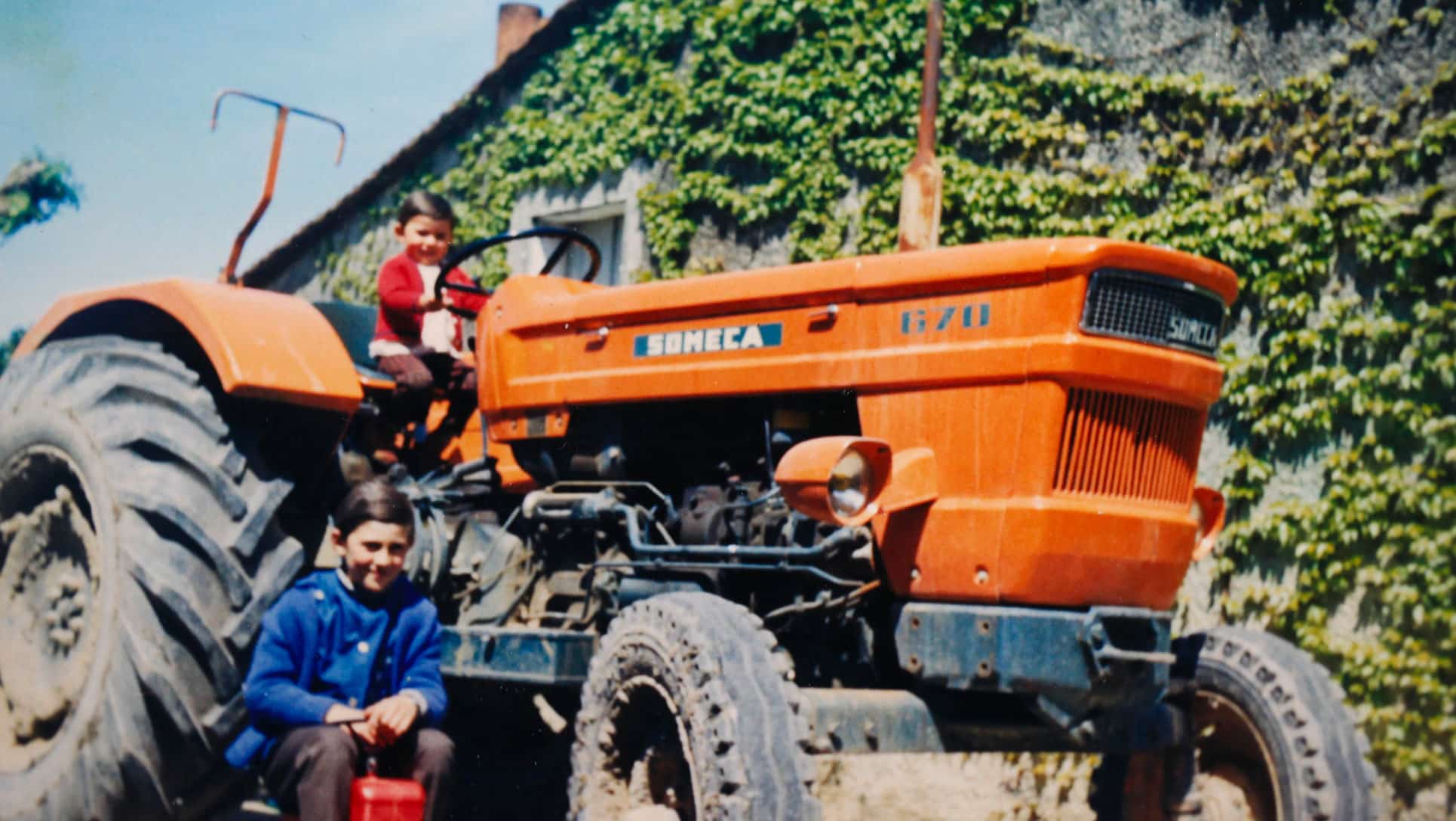 1978 - 1989
1978 - 1989
The arrival on the property of Robert’s sons, the current owners, marked a third impetus in the history of the Château.
Hervé, the eldest son joined Robert in 1979; and Patrick arrived 10 years later. At that time, the estate extended over 5 hectares to Barsac and 12 hectares to Sauternes.
Hervé and Patrick quickly took to heart to honor the memory of their ancestors with the goal of raising their wines to the level of the best ones.
Naturally, everyone found his place in the field: Hervé at the cellar and Patrick at the vineyard management and marketing. Passionate and ambitious they strive daily to improve the quality of their wines. Thus, between the 80s and the 2000s, Château Haut-Bergeron has enjoyed great prosperity.
The Lamothe brothers, precursors of a renewal
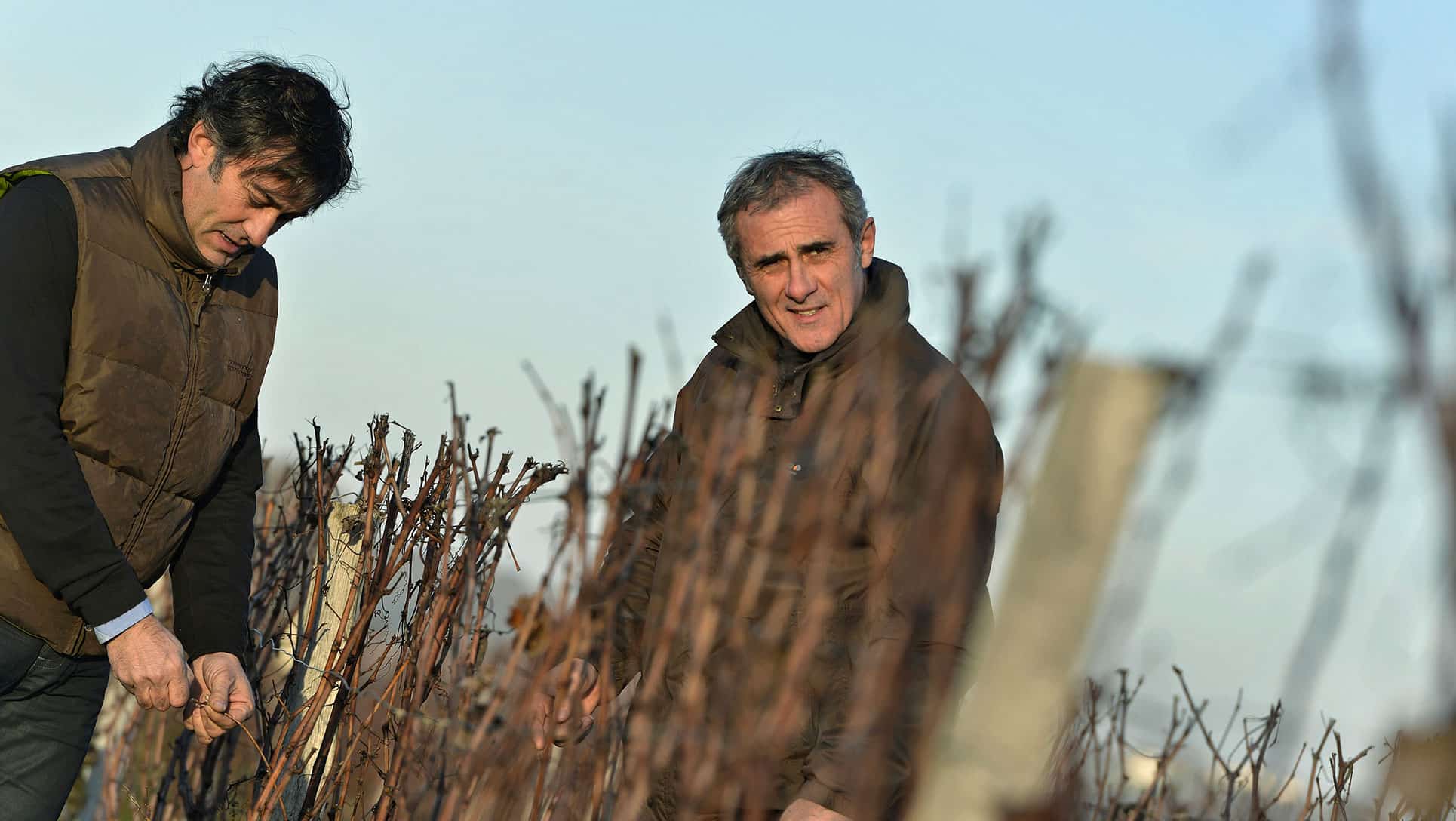 2000
2000
The 2000s marked a more difficult period for the Sauternes appellation and the sale of its sweet wines. Export was one of the solutions to the weakening of sales in France, another one was a fragmentary selection ever more drastic that give a more “modern” style to the wines, with an incessant search for balance between power, finesse and freshness.
In 2006, because of their environmental concern and in order to perpetuate this magnificent terroir as long as possible, they naturally decided to drive their vineyards in sustainable agriculture. This is only the first step since the goal of the next few years is conversion to organic farming. The range of wines from the Château has also been expanded, with a new Sauternes: l’Ilot, a wine with a very modern style.
Finally, a trading activity has emerged, wine tourism is developing, and many projects are still emerging today.
The most rewarded wine of Sauternes
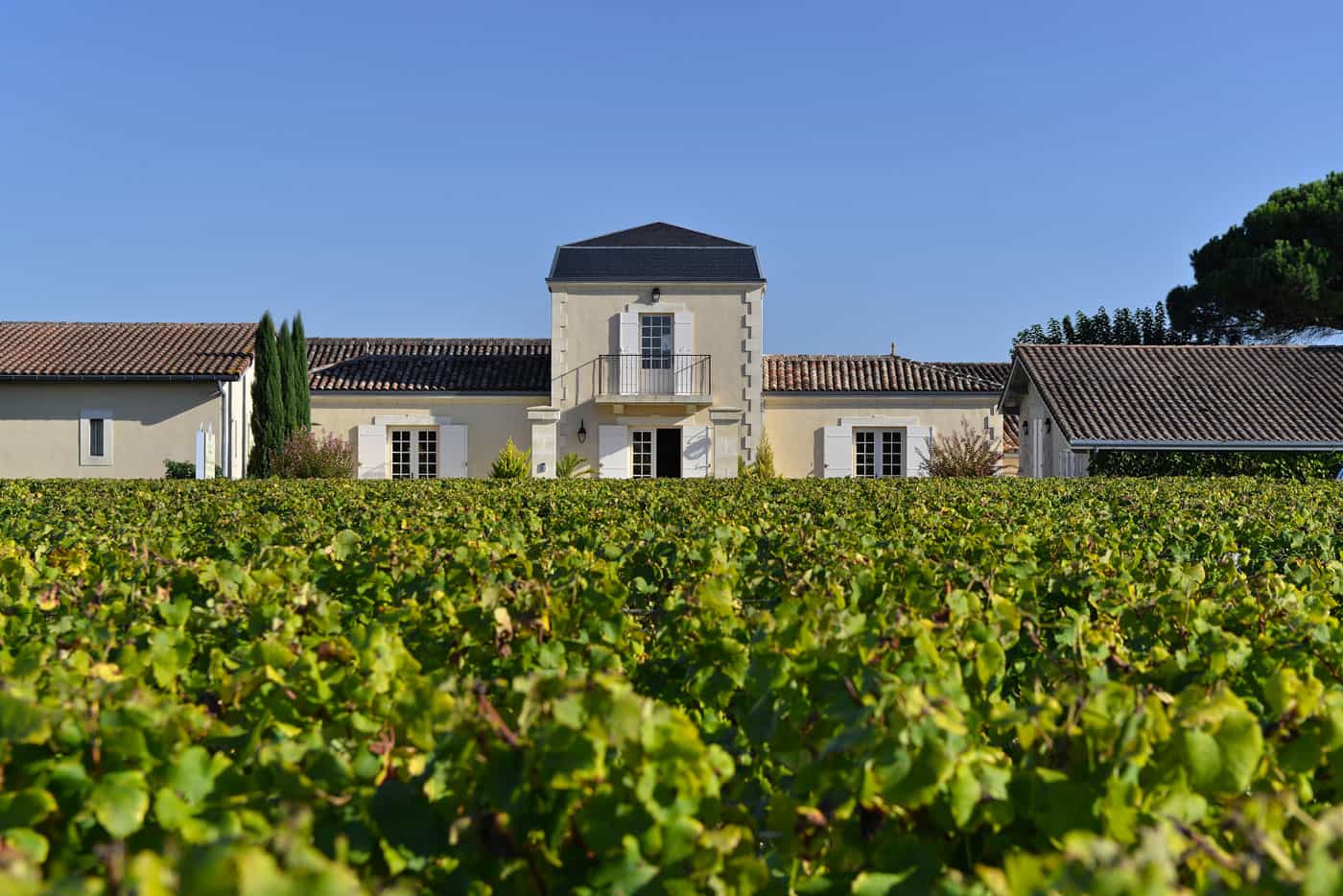 2018
2018
The Château, which today has 35 hectares in Sauternes and 12 hectares in Graves, has never stopped to reinvent itself in order to progress. Thanks to the oenological progress, the transfer of know-how and the applied work of a family team, our wines have managed to rise to the level of the best wines of Sauternes. The quality of our wines is now widely welcomed by our customers but also by national and international tastings at the highest level. We are also to this day, the most rewarded Château of the appellation. Today, it is always with emotion, that we welcome our most loyal customers year after year.
But the history of Haut-Bergeron is far from over. Leo, Hervé’s son has just returned to the property. In a few years it will be up to him and his cousins to continue this “family treasure”, with the strong support of Robert, Hervé and Patrick.
« A beautiful story, far from over, in which everyone has known how to preserve this precious heritage, while constantly improving it. »
Robert


